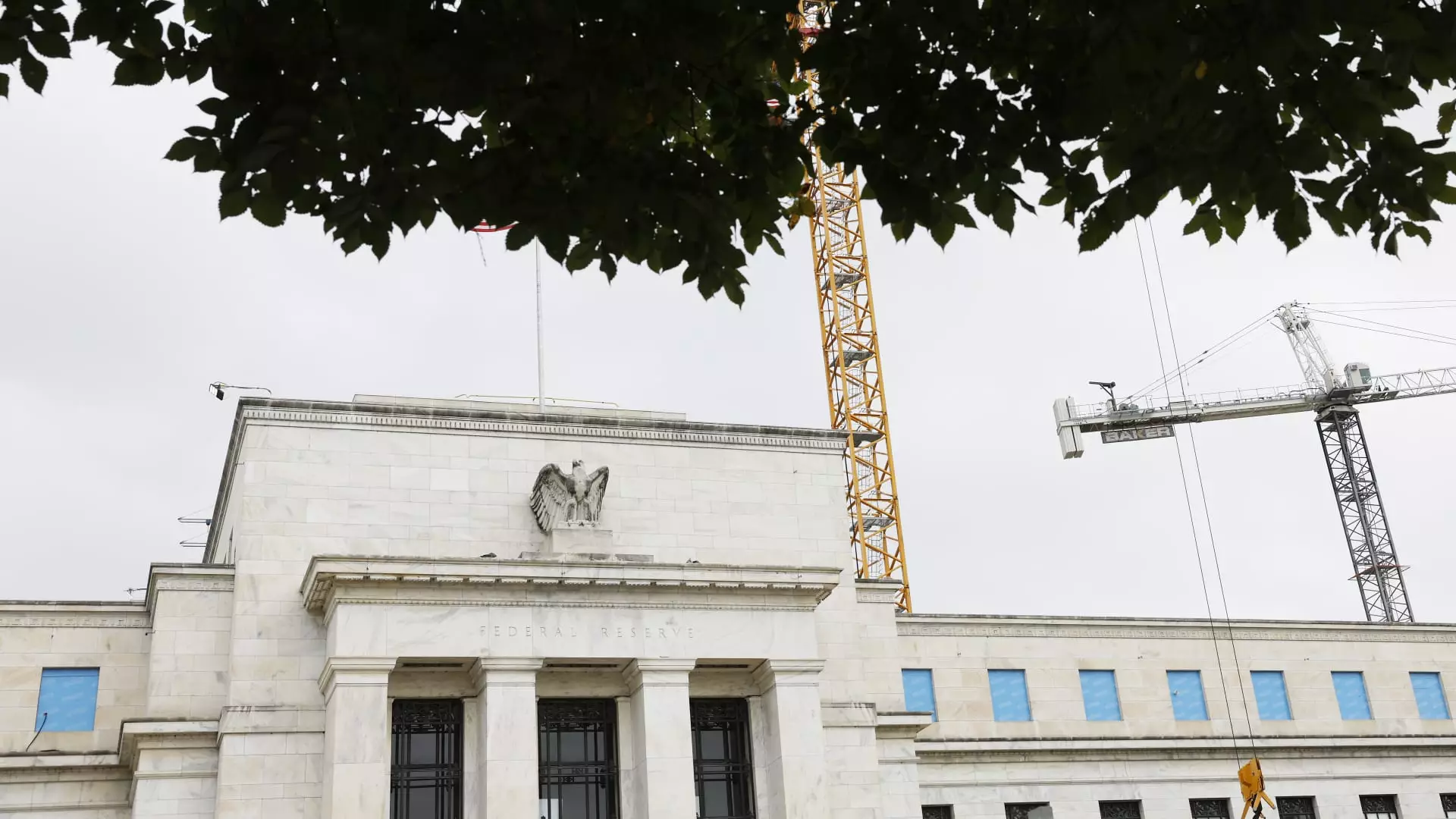In an age where resource allocation can make or break public perception of governmental efficiency, Elon Musk’s latest critique of the Federal Reserve’s $2.5 billion renovation project shines a spotlight on an issue that resonates deeply with taxpayers and advocates for fiscal responsibility. Musk, a figure synonymous with innovation and disruption, scrutinizes what many view as exorbitant government spending. His comments reflect a growing frustration with how public funds are rendered in daunting numbers, ultimately raising a pivotal question: What does a $2.5 billion renovation entail, and does it truly serve the public good?
A Question of Accountability
Musk’s skepticism stems from the initial estimate of $1.9 billion, which has since ballooned due to various complications characteristic of large-scale projects. The backdrop includes the rising costs of materials and labor, as well as logistical setbacks that often plague government contracts. However, this overspending narrative shouldn’t solely hinge on the practicalities of construction; it interacts with a broader context of accountability and transparency. When Musk bluntly asks for “pictures” of what makes such spending justifiable, he taps into the public’s desire for clarification. As taxpayers, citizens often want to know where their money is going, particularly when it seems shrouded in bureaucratic complexity.
The Delicate Dynamics of Funding
It’s important to disentangle the nature of the Federal Reserve’s funding from traditional taxpayer dollars. The Federal Reserve is funded through its operations and the interest it earns on securities, not directly from taxpayer coffers. This distinction is vital, yet the perception remains that public entities should operate with utmost efficiency and prudence, regardless of their funding mechanics. The notion that operating costs could dog the Fed’s financial standing underscores a critical point: transparency about its financial health and the rationale behind high expenditure is necessary to maintain public trust.
The Promise of Efficiency vs. Reality
Despite the contention over renovation costs, the stated goals of improving energy efficiency, meeting regulatory standards, and consolidating staff into a more effective workspace are aimed at ultimately reducing long-term expenses. Yet, Musk’s challenge rings true in the ears of many citizens: Can efficiency justify such a staggering initial investment? This is not just a question about numbers; it’s about whether the structures built today will yield the promised benefits for a generation to come.
The Federal Reserve needs to walk a fine line between upgrading facilities and being accountable to the very citizens it serves. The questions raised underscore an urgent need for reform in how large projects are justified, monitored, and communicated. In a world that increasingly scrutinizes institutional spending, Musk’s pointed remarks may indeed be a catalyst for a more profound discourse on governmental expenditure, pushing for increased efficiency, transparency, and ultimately restoring trust in public institutions.

